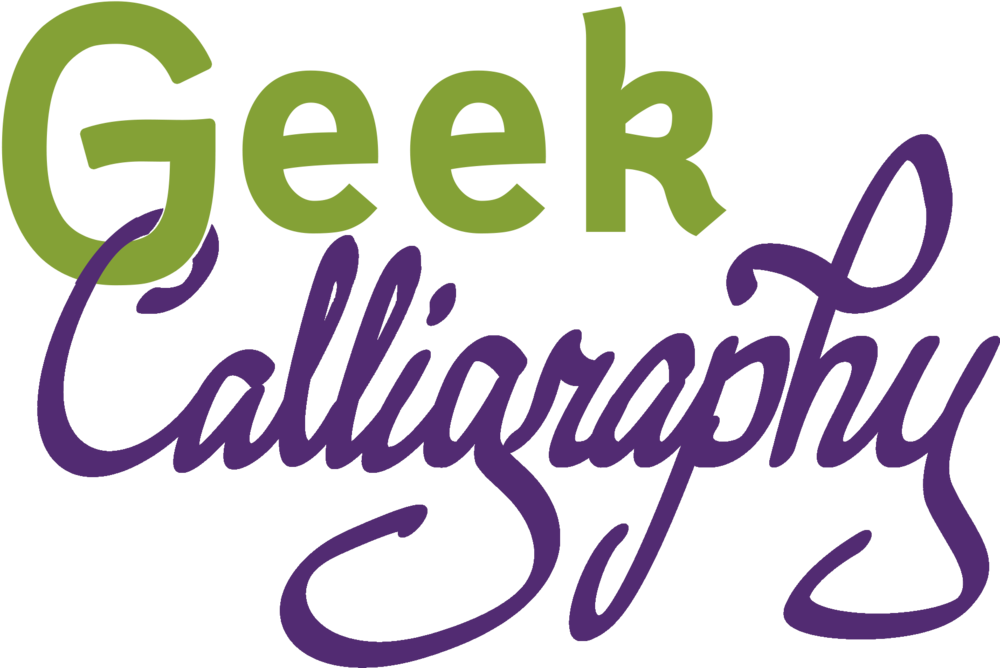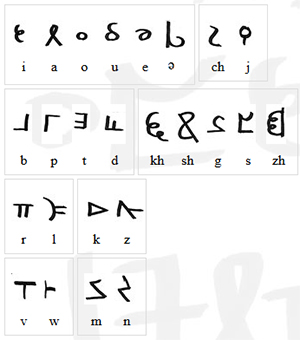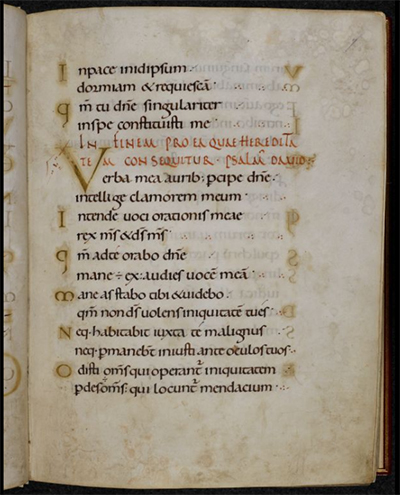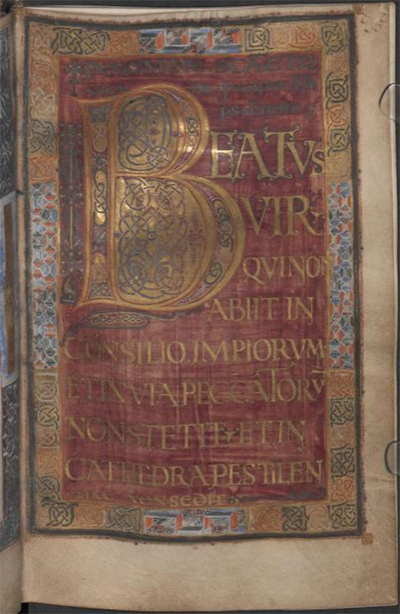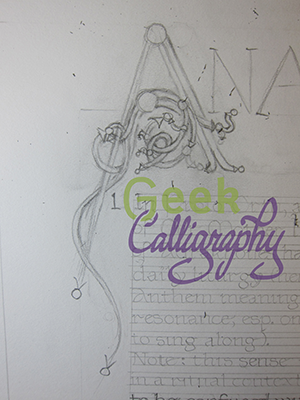How it came to be
The first seeds of an idea for this design were planted way back in the summer of 2010. A coworker told me that she had a friend who was looking for someone to make "a zombie or Star Trek ketubah." I thought a zombie ketubah was a bit beyond my ability to get my head around (though it became a series of greeting cards!), but a Star Trek ketubah was totally something I could do. Unfortunately, the project never happened. The parents of the couple decided they wanted to make the ketubah their gift, and they were not at all down with a Star Trek ketubah. "That's ridiculous," I thought to myself, "they just don't realize that Star Trek could be classy."
But with no client and a number of other active commissions taking up my time, the idea got shelved until 2013, when some fannish friends announced they were getting married and wanted a similarly themed ketubah. I was starting to think about doing prints by that point, not just one-off commissions, and decided that with two requests under my belt, this might be a good place to start. But I didn't want to deal with licensing. What to do?
Fortunately for me, Leonard Nimoy was Jewish. He didn't so much invent the Vulcan Salute as lift it straight from Jewish tradition in the form of the way the priests hold their hands while blessing the congregation. It was the perfect copyright-free stealth-geek statement - those who are fannish would recognize it immediately, and everyone else would assume it had to do with the Priestly Blessing.
The execution of this design, however, turned out to be more complicated than average. The way most ketubah prints come about is like this: I make the art and then I write all four texts out, each on separate pieces of paper, to fit the space left in the art. I get them all scanned, and then I composite them in post-production, switching between texts as needed for printing. But there is no art aside from the text here. Moreover, I wanted to make it available in all the iconic colors of the Starfleet uniforms. So instead of writing four different texts, it's actually more like twelve. Suffice to say that it took a looong time to get them all finished in between other art. But here they are!
The other challenge of this design is the personalization. When you write a generic text, you leave space for the clients' names, wedding date, etc. But with a calligram (which is what you call a picture made out of text), if you leave giant gaps in it the effect is dulled. A lot. So thus began my search in Star Trek canon for appropriate couples.
First and easiest was Worf and Dax. Their wedding date is in the canon, Worf's parentage is totally known, and Jadzia's father is named in Memory Beta. I had a lot of fun figuring out the Hebrew date of their wedding. A lot of people think they got married on April 1, 2374, because that's the Stardate listed in the captain's log in the opening voiceover, but the content of the episode makes it clear the actual wedding is a week later. That actually puts it in the week after Passover in 6134. Their information is the demo text in the Traditional Aramaic ketubah.
Troi and Riker's wedding took place in a movie, so the Stardate of their wedding is totally borked, but other than that, we have a lot of information on their wedding, including location, and the parentage of both parties. They are the demo text for the Lieberman Clause.
For the Gender Neutral Lover's Covenant I had to look into the licensed novels. Star Trek isn't great about QuILTBAG representation, so I looked through Memory Beta and pulled Etana Kol and Krissten Richter. They're married sometime between 2377 (Fearful Symmetry) and 2383 (Plagues of Night), and I extrapolated from that that they got married aboard Deep Space 9. The date was a pretty much arbitrary pick on my part.
The real trick was the demo text for the Secular English text. I wanted to choose a pairing that would emphasize the fact that this text is completely gender-free and doesn't promise exclusivity. So I settled on a totally fabricated wedding between Jean-Luc Picard and Jack Crusher during Jack and Beverly's marriage. This was largely inspired by a joke my own spouse made. We attended a wedding where all the tables were named, instead of numbered, after famous couples. We were sitting at "Picard and Crusher," whereupon he quipped "Jack or Beverly?" It also nicely parallels Gentleman Jole and the Red Queen, but I won't say any more about that here because spoilers.
The Salute ketubah of your very own, with your wedding information on it, for $210
